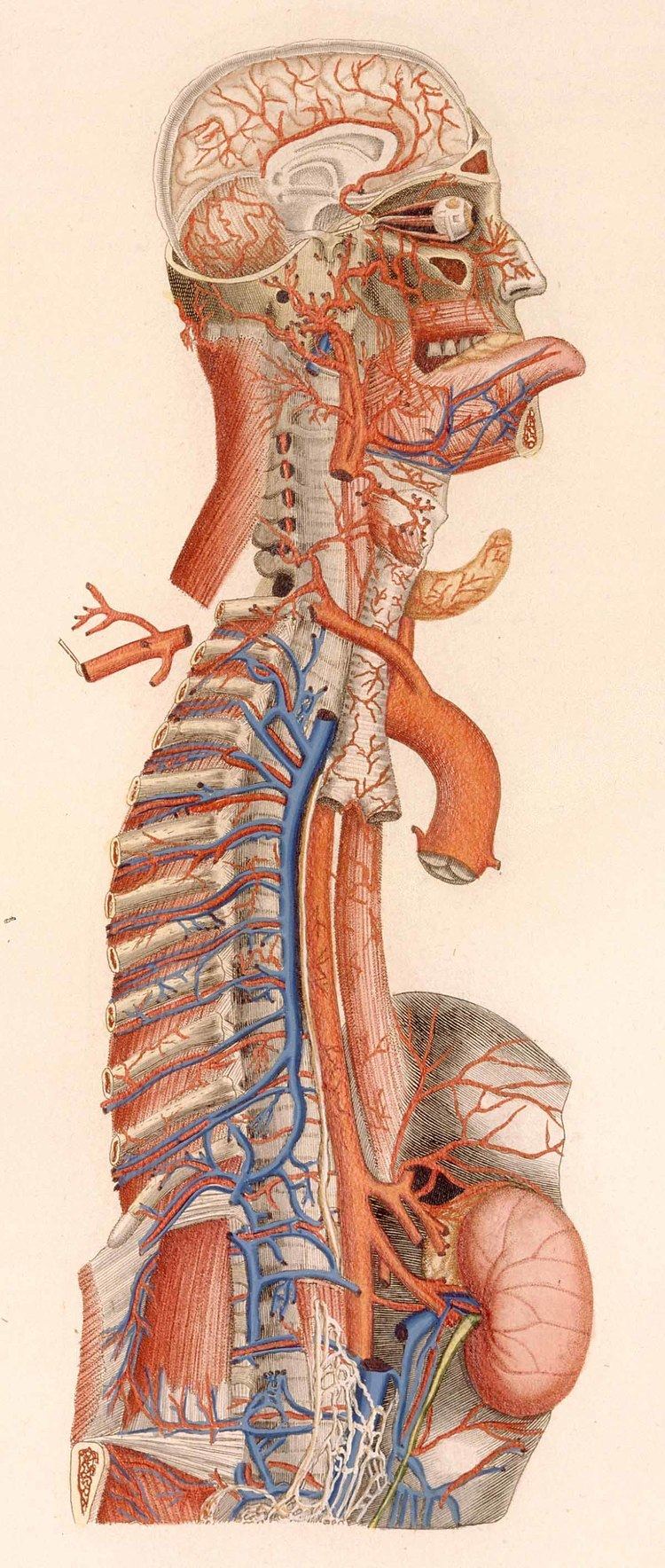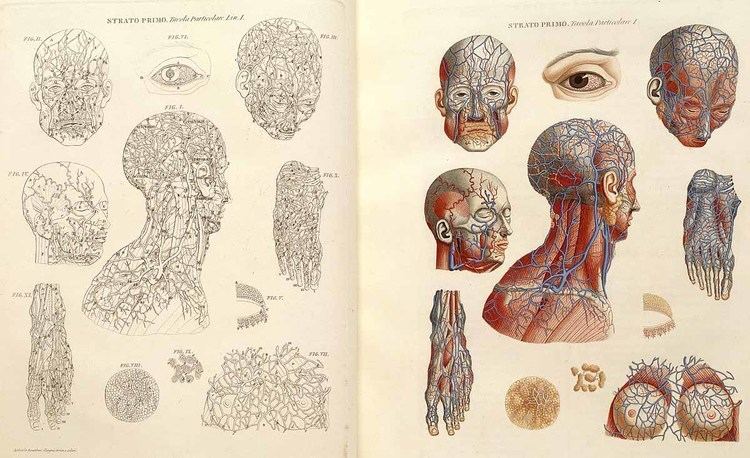Occupation Anatomist | Name Paolo Mascagni | |
 | ||
Parent(s) Aurelio Mascagni & Elizabeth Burroni Died October 19, 1815, Chiusdino, Italy | ||
Premio paolo mascagni 2014
Paolo Mascagni (January 25, 1755 – October 19, 1815) was an Italian physician, known for his study of human anatomy, in particular for the first complete description of the lymphatic system.
Contents

Mascagni was born in Pomarance (in the Province of Pisa) to Aurelio Mascagni and Elisabetta Burroni, both belonging to old gentry families of Chiusdino (in the Province of Siena). He studied in Siena, where his teacher of anatomy was Pietro Tabarrini, and graduated in philosophy and medicine in 1778. Already in his last year of college he was appointed assistant to Tabarrini, then he became a professor in 1780.

As a young man Mascagni was interested in geological sciences, as evidenced by his several papers on the Lagoni (thermal springs) of Siena and Volterra. Once graduated, however, he turned his interest to the human lymphatic system. His many discoveries in this field led him in 1787 to the composition of Vasorum lymphaticorum corporis humani historia et iconographia, a work that soon made him famous throughout Europe. He was elected a corresponding member of the Royal Swedish Academy of Sciences in 1796, and president of the Accademia dei Fisiocritici in 1798.

During the French occupation of Tuscany he showed himself an enthusiastic jacobin. For this reason he had to spend seven months in prison after the French were expelled.

He was freed from prison by a motu proprio of the King of Etruria, who on October 22, 1801 appointed Mascagni a professor of anatomy at the University of Pisa, with the additional charge of lecturing twice a week at the Hospital of Santa Maria Nuova in Florence. Later Maria Luisa di Borbone, Duchess of Lucca appointed him a full professor at the University of Florence.
Mascagni employed Clemente Susini to make wax models of the human lymphatic system, which are still visible in a Bologna museum. In 1801 the Sardinian anatomist Francesco Antonio Boi became a student of Mascagni. Mascagni and Boi entered into a close collaboration as well as a personal friendship. More wax models resulted from their collaboration; they are now held in the Museo archeologico nazionale in Cagliari.
Mascagni died of pernicious fever during a stay in his estate of Castelletto in Chiusdino, (Siena), the place from which his family originated and where he spent much of his spare time.
Some decades after his death his statue was erected in the courtyard of the Uffizi.
